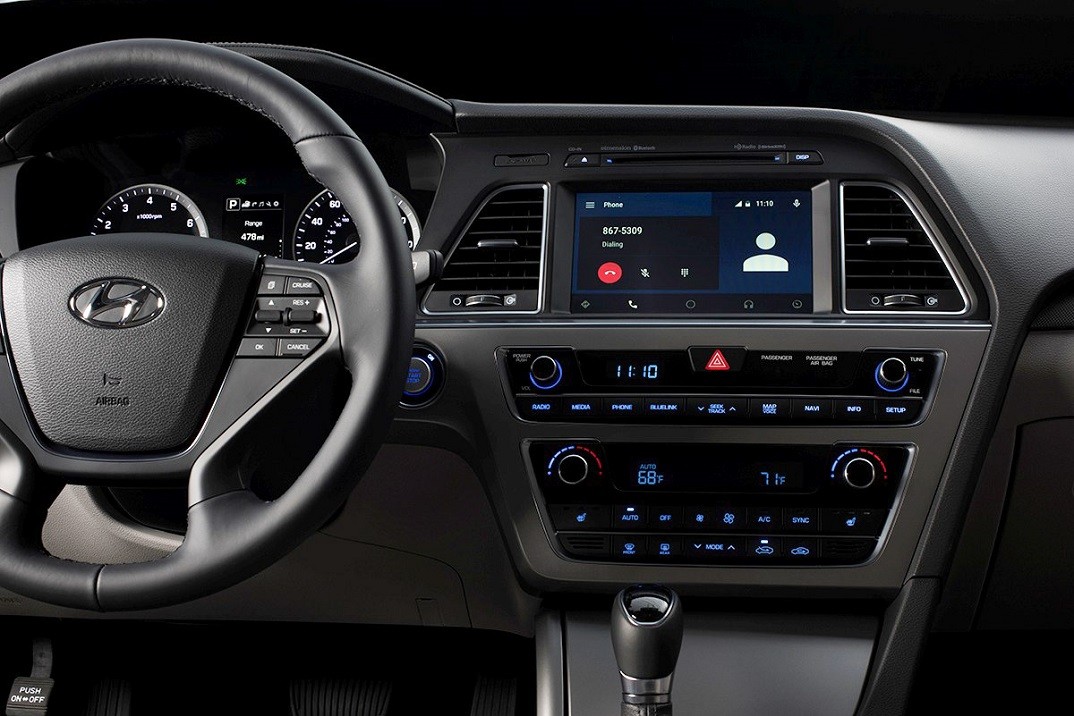If there is one product that has had a significant impact on how we live our lives in the last 10 years or so, the smartphone would easily rank in the top three. Considering that the late Steve Jobs showed off the first iPhone way back in 2007 (this was when smartphones really started to proliferate), one wouldn’t be wholly unreasonable to assume that its usage would have been well integrated with modern cars. Oddly, this isn’t necessarily the case today.
Isn’t a modern car already well “connected”?
With Bluetooth support (and many new models come equipped as standard), one can transfer phone contacts, make hands-free calls, even stream music via an app over an in-car system. The higher spec-ed head-units might also come with GPS navigation. So why is the auto fraternity so excited over Android Auto and Apple Carplay?
Every year without fail, consumers are inundated by more powerful and better looking smartphones with hardware so capable, they constitute portable computers in their own right. With processing power at disposal, software and operating system providers then churn out even more ingenious applications that we rely on a daily basis (e.g. Waze, Spotify, Whatsapp, etc)
The “problem” for car manufacturers is that they simply can’t keep up. Unlike consumer electronics, cars have a much longer model life-cycle. In-car systems are notoriously complicated in that they have to take into account factors of safety and product liability, which explains why the development lead time is immeasurably longer compared to that of a smartphone.
Take for example a park assist function incorporating a reverse camera (projected on the head-unit’s display). Now imagine if it fails to detect an object it was supposed to warn you about and the neighbour’s cat end up flattened as result, the car maker could be held liable for the feline’s demise. Conversely, if one is occupied with replying a Whatsapp message while crossing a busy intersection and ends up in hospital, I’m sorry, that unfortunate individual is an idiot, no fault of the phone’s.
Due to the long lead time (measured in years) and high expense required in the development of in-car systems, by the time the technology is rolled-out, it would most certainly have become outdated. The simplest example being the overwhelming preference of Waze or Google Map by drivers over an in-car based navigation system. You just can’t beat map data updated in real-time by a community of users.
The idea behind Android Auto and Apple Carplay
So instead of relying on dated hardware and applications of an in-car system, why not leverage on the powerful smartphone instead and let it be the “engine” that drives key interactive components of the in-car system. And that is how Android Auto and Apple Carplay came about.
With Android Auto and Apple Carplay, you’d never need to master the usually complicated interface of an in-car system. When connected via a micro USB or Lightning cable, the user is shown a version of the smartphone interface that he/she is already very familiar with, but simplified so that driver’s main focus of driving the car isn’t usurped.
The beauty of it all is that Android Auto /Apple Carplay is merely an overlay over the existing car-based system, when functions of the smartphone such as voice dialing, calendar appointments, text messaging, navigation, etc. are called upon. The proprietary in-car system remains as the default operating system as it still governs other important functions and indicators such as climate control, vehicle security, trip data, etc., but you can say goodbye to purchasing outdated maps.
Last week, Hyundai proclaimed itself to be the first automaker to launch Android Auto in the 2015 Sonata (for the US market at this point in time, the Malaysian-spec Sonata has yet to offer the same). Other major brands are expected to follow suit in line with their introduction of upcoming, all-new replacement models in the next couple of years.
